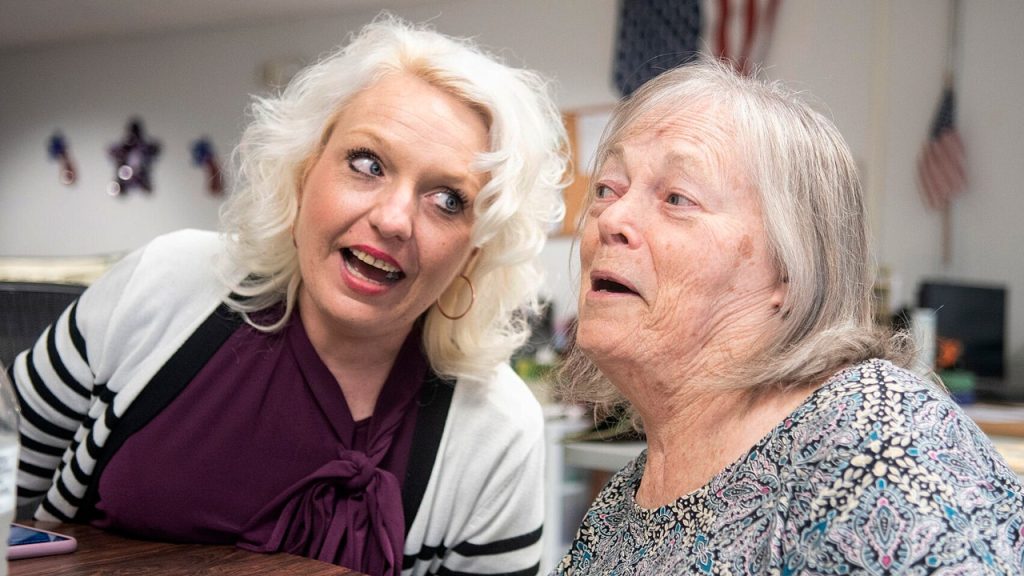Thousands of older Americans benefit from adult day services, which provide safe and stimulating environments for individuals with physical or cognitive disabilities while giving their caregivers respite. However, middle America and rural areas struggle with staffing and filling these centers, especially as rates of Alzheimer’s increase. Sally White, whose husband has severe memory loss, finds relief in sending him to Third Age Adult Day Center four mornings a week, allowing her to get errands done and clean the house. While adult day services are prevalent in some areas, like California and New England, they are underutilized in rural areas due to transportation issues, cost, and lack of public awareness.
As more adults age and face cognitive decline, adult day services continue to face challenges in staffing and funding. With the rise of Alzheimer’s cases, there is a growing need for structured day programs that provide activities, socialization, and healthcare support. Sally White reveals that she struggles to afford the costs of sending her husband to Third Age due to the couple not qualifying for Medicaid. Moreover, transportation can be a barrier to accessing senior day programs in rural areas like central Pennsylvania. Lack of public awareness and research about the benefits of adult day services also hinders their expansion.
Adult day services offer more than just fun and social activities, providing holistic care that helps reduce depression, loneliness, and isolation among participants. Programs like VNA Caring Center in Shamokin and MemoryLane Care Services in Toledo offer cognitive-based activities, physical games, and nutrition support to help seniors remain healthy and engaged. However, these services are often underutilized due to a lack of public awareness and the misconception of adult day programs as child care or senior centers. More education and research are needed to promote the benefits of these services for older adults and their caregivers.
The high demand for adult day services is not always met due to staffing challenges and funding limitations. The pandemic has exacerbated these issues, with many centers struggling to retain staff and provide necessary support to participants. Kathleen Camero of the National Council on Aging’s Center for Healthy Aging points out the need for better recruitment and pay to meet the increasing demand for these services, especially with the rising rates of Alzheimer’s and dementia. Mary Michlovich of OPICA in West Los Angeles also highlights the urgent need for increased funding to support the growing number of older adults facing cognitive decline.
For caregivers like Joe Vargo, the decision to send a loved one to an adult day center is often a difficult one, especially when faced with the challenges of aging and declining health. Vargo’s wife, Marilyn, suffered a traumatic brain injury and now requires full-time care. While adult day services provide much-needed support and socialization for participants, many families may struggle with the decision to move loved ones to these programs or a nursing home. As the aging population continues to grow, there is a pressing need for increased awareness, funding, and support for adult day services to meet the needs of older Americans and their caregivers.













